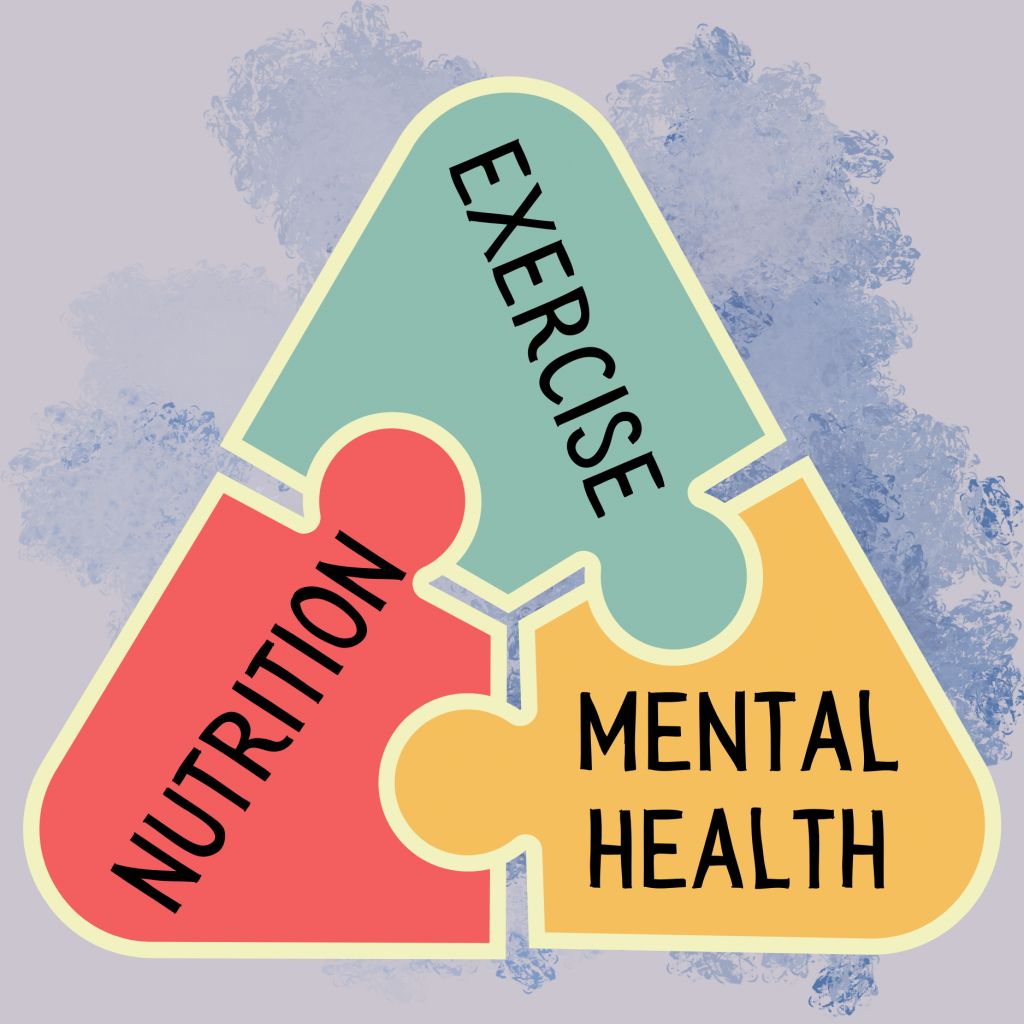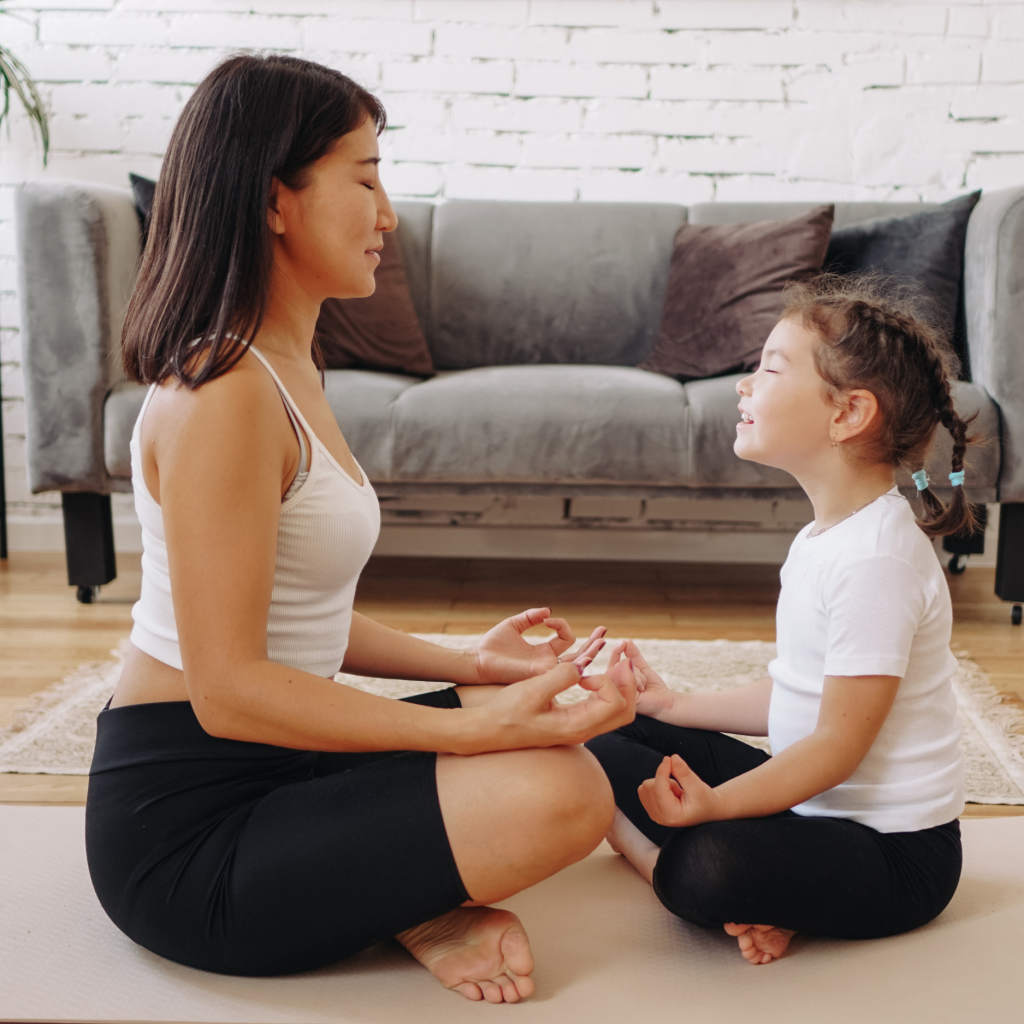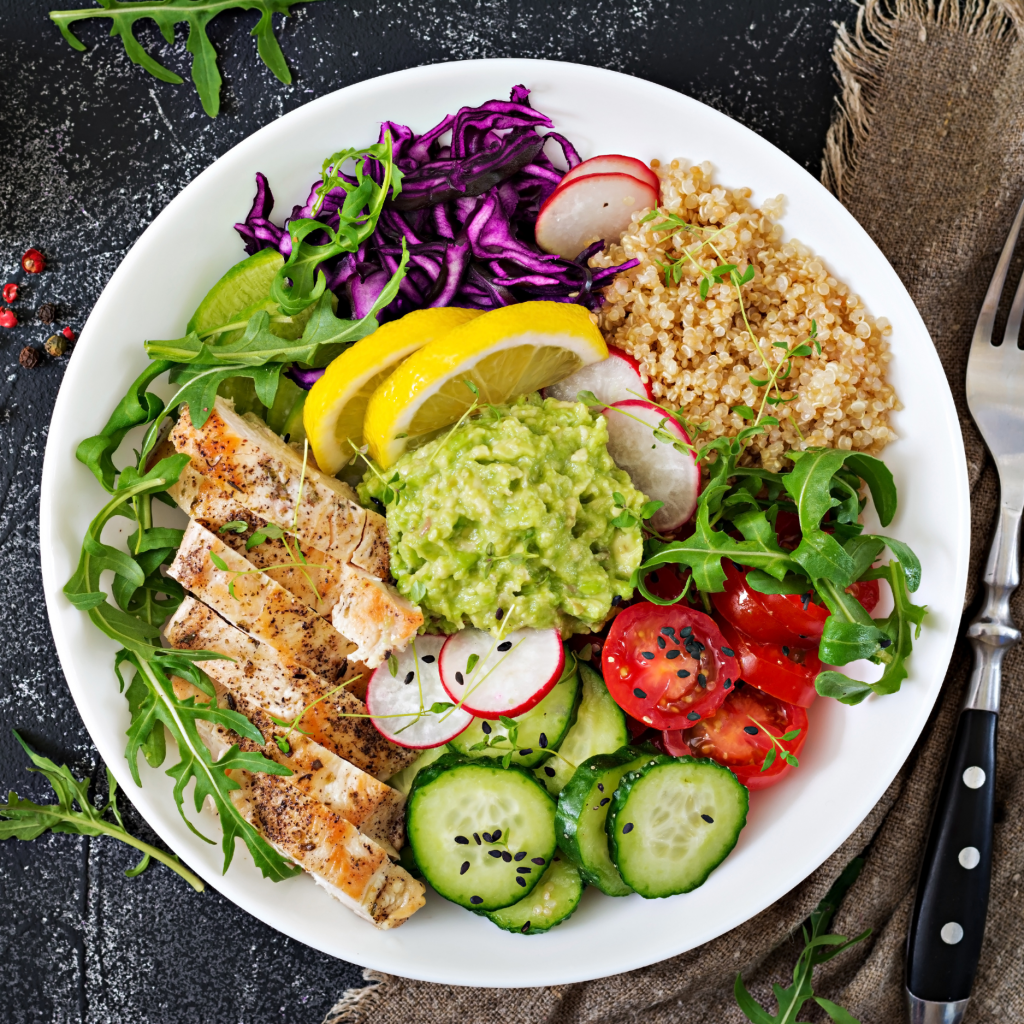“The greatest wealth is health.” – Virgil
Did you know that 81% of families who adopt a holistic approach to wellness report stronger bonds and improved overall health? As a parent, you’re probably wondering how to create that perfect balance of physical health, mental well-being, and proper nutrition for your family. Trust me, you’re not alone in this journey. As a mother of two, I often found myself feeling overwhelmed by the demands of parenthood. Balancing the needs of my children with my own had proven to be a challenging journey, especially for someone like me who doesn’t adapt to change easily. The constant adjustments to my routine took it’s toll, leaving me feeling like I was constantly playing catch-up. However, I discovered that embracing a holistic approach to family wellness—combining exercise, mental health, and nutrition—proved to be a game changer. It has not only helped me regain a sense of control but also fostered a healthier environment for my family. In this blog post, I’ll share my personal experiences and insights on how integrating these elements can create a stronger foundation for family wellness, making the journey of parenthood a little less daunting and a lot more fulfilling.
Think of family wellness as a three-piece puzzle: exercise, mental health, and nutrition. When these pieces fit together perfectly, they create a beautiful picture of family health and happiness. Let’s explore how to make this puzzle work for your family, no matter where you are in your wellness journey.

Exercise: The Foundation of Physical Health
The Reality Check
Let’s be honest – getting the whole family moving isn’t always easy. Between work schedules, school commitments, and the siren call of screens (we’ve all been there!), finding time for exercise can feel impossible. In fact, many families report that time management is their biggest wellness challenge, with 82% lacking a formal system to organise their days.

Why Movement Matters
According to recent studies, regular physical activity can:
- Reduce symptoms of anxiety and depression by up to 30%
- Improve children’s academic performance
- Strengthen family bonds through shared activities
- Enhance sleep quality for the whole family
Family-Friendly Fitness Ideas That Actually Work
(Because let’s face it, not every Pinterest-perfect workout plan suits real families!)
The “Commercial Break Challenge”
- During TV time, make ad breaks active
- Try different exercises each break
- Make it competitive with points systems

“Adventure Saturdays”
- Explore a new hiking trail
- Visit a new playground/park

“Daily Movement Snacks”
- 5-minute dance parties between homework sessions
- Morning stretch sessions
- After-dinner family walks

Mental Health: The Key to Overall Well-Being
In 2025, mental health has taken centre stage in family wellness conversations, and for good reason. Creating a mentally healthy household isn’t just about managing stress – it’s about building a foundation where every family member can thrive. The real change begins at home, where open conversations about feelings and emotions should be as normal as discussing what’s for dinner.
Creating Your Family’s Mental Wellness Toolkit
The “Feelings Corner”
- Create a cosy space for emotional check-ins with pillows, books
- Stock it with calming activities e.g a Feelings Jar where family members can anonymously write down worries
- Make it accessible to all family members
“Mindful Moments”
- Practice 2-minute breathing exercises together
- Use kid-friendly meditation apps
- Share daily gratitude at dinner time
- Designate specific areas or times as “device-free” spaces
“Emotional Weather Report”
- Regular check-ins about feelings
- Open discussions about challenges
- Celebration of emotional growth

Nutrition: Fuelling Your Family for Success
Think of nutrition as the fuel that powers both body and mind. A balanced diet isn’t just about counting calories – it’s about providing your family with the building blocks for physical and mental well-being The food we eat directly impacts our mood, energy levels, and ability to handle stress. Let’s talk real food for real families. No fancy ingredients or complicated recipes – just simple, nutritious choices that work for busy households.
Making Healthy Eating Achievable
“Rainbow Challenge”
- Aim to eat foods of different colours daily
- Make it into a game for picky eaters
- Track progress with a colourful chart

“Kitchen Scientists”
- Experiment with new healthy ingredients
- Let kids help with meal planning
- Learn about nutrients through fun activities
“Meal Prep Party”
- Make it a family activity
- Prepare healthy snacks together
- Teach portion control through hands-on learning

Pro Tips for Busy Parents
- Prep vegetables when you’re already in the kitchen
- Keep healthy snacks at eye level in the fridge
- Involve kids in grocery shopping and meal planning
Bringing It All Together
Remember, holistic wellness isn’t about perfection – it’s about progress. Each small step your family takes toward better exercise habits, mental health practices, or nutrition choices creates ripples of positive change. The beauty of this approach lies in how these elements support each other: better nutrition fuels more effective workouts, which in turn promotes better mental health, creating a positive cycle of well-being.
Strategies for Young Parents:
As young parents, you may be managing the complexities of work, childcare, and personal health. Here are some targeted strategies to enhance your family’s wellness:
- Establish Routines: Creating consistent daily routines helps children feel secure and promotes healthy habits. Incorporate family meals, exercise, and quiet time into your day.
- Prioritise Communication: Effective communication sets the foundation for emotional wellness. Encourage open dialogues about feelings, expectations, and challenges among family members.
- Make Time for Self-Care: Remember that taking care of yourself allows you to better care for your family. Schedule regular ‘me time’ to recharge, whether it’s through exercise, reading, or a hobby.
- Engage in Family Activities: Plan regular family outings or activities that promote bonding, such as hiking, game nights, or cooking together. These moments build lasting memories and strengthen relationships.
Insights for Experienced Caregivers
If you’re an experienced caregiver, you likely have a wealth of knowledge and skills. Here are some advanced strategies to further enhance your family’s wellness:
- Explore Holistic Practices: Integrate mindfulness, yoga, or meditation into your family routine. These practices can improve emotional health and foster resilience.
- Nurture Social Connections: Encourage your family to build relationships outside of the home. Strong social support networks can enhance emotional wellness and provide resources during challenging times.
- Stay Informed: Keep abreast of new wellness trends and research. Engage in workshops or online courses that focus on nutrition, mental health, or family dynamics to expand your toolkit.
- Foster Independence: Encourage older children and teens to take on responsibilities that promote independence. This can include cooking meals, managing schedules, or helping with household chores, which enhances their self-esteem and capability.
Your Action Plan
- Choose one activity from each category to try this week
- Create a family wellness board
- Track your progress together
- Celebrate small victories
We’d love to hear about your family’s wellness journey! Share your experiences in the comments below. Remember, your story might be the inspiration another family needs to start their wellness journey.

Leave a Reply